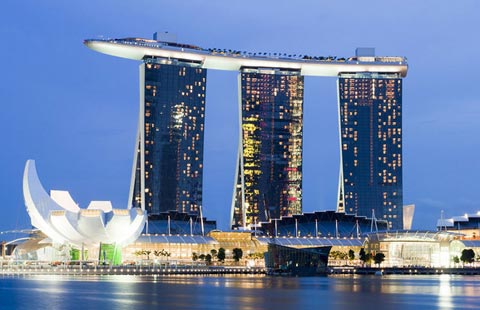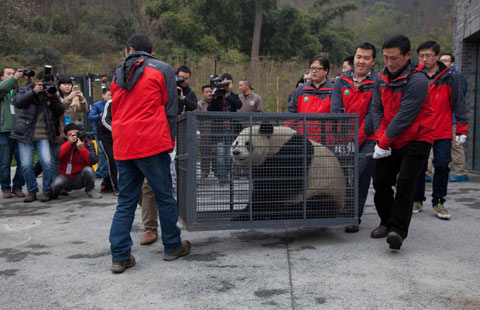Only 3 major Chinese cities met air quality standard
Updated: 2014-03-08 21:58
(Xinhua)
|
||||||||
|
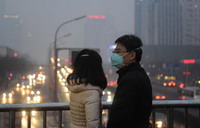 |
Haikou, capital of southernmost Hainan province, Zhoushan, an island city of East China's Zhejiang province, and Lhasa, capital of Tibet autonomous region, met the national standard for fine air last year with an average AQI (Air Quality Index) value under 100, said Wu Xiaoqing, vice minister of environmental protection.
Under China's air quality assessment system, an AQI value within 50 represents excellent air quality and an AQI value between 50 and 100 represents fine air quality. An AQI value over 100 is unhealthy and an AQI value over 300 is considered hazardous.
Seven cities in North China's Hebei province, Jinan of East China's Shandong province, Xi'an of Northwest China's Shaanxi province and Zhengzhou of Central China's Henan province were the 10 cities with the worst air quality in 2013, said Wu on the sidelines of the ongoing annual session of the National People's Congress, China's top legislature.
China began to include PM2.5, a key indicator of air pollution, and ozone in its new air quality standard in 2013.
North China's Beijing-Tianjin-Hebei region, East China's Yangtze Delta region and South China's Pearl River Delta region, were the country's biggest offenders in emissions, discharging 30 percent of China's major pollutant emissions, said Wu.
These areas account for only 8 percent of China's territory but consumed 43 percent of its coal and produced 55 percent of the country's steel, 40 percent of cement and 52 percent of its petrol and diesel, according to the vice minister.
Smog that lingered for seven days in late February hit 15 provinces and municipalities, accounting for 18.9 percent of China's territory, said Wu.
Emissions from coal consumption, industrial production, vehicles and dust from construction sites and roads contributed to the smog, he added.
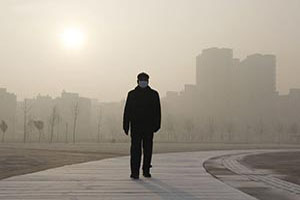 |
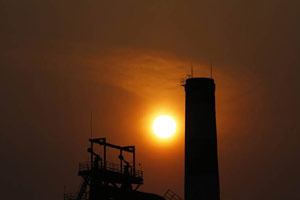 |
| Top 10 cities with worst smog in China | Mills in N China face closure amid smog |
Most Viewed
Editor's Picks

|

|

|

|

|

|
Today's Top News
US puts big 'effort' into China ties
Ford to expand China R&D: report
Chinatown source of infection
HK, NYC magnets for wealthy
Crimea referendum would violate law: Obama
US House passes Ukraine aid bill
DPRK missile 'near misses' airliner
Premier Li puts accent on reform
US Weekly

|

|





